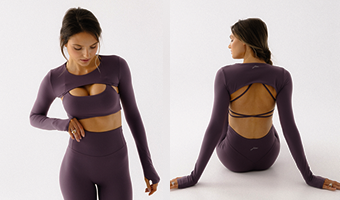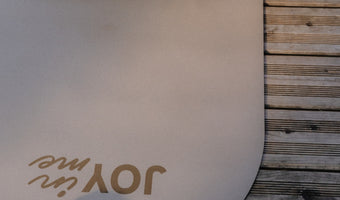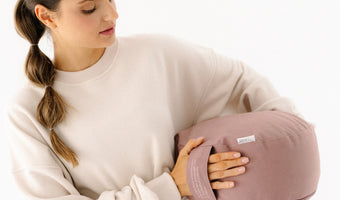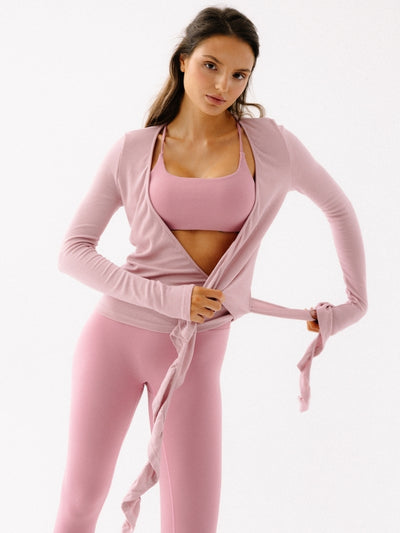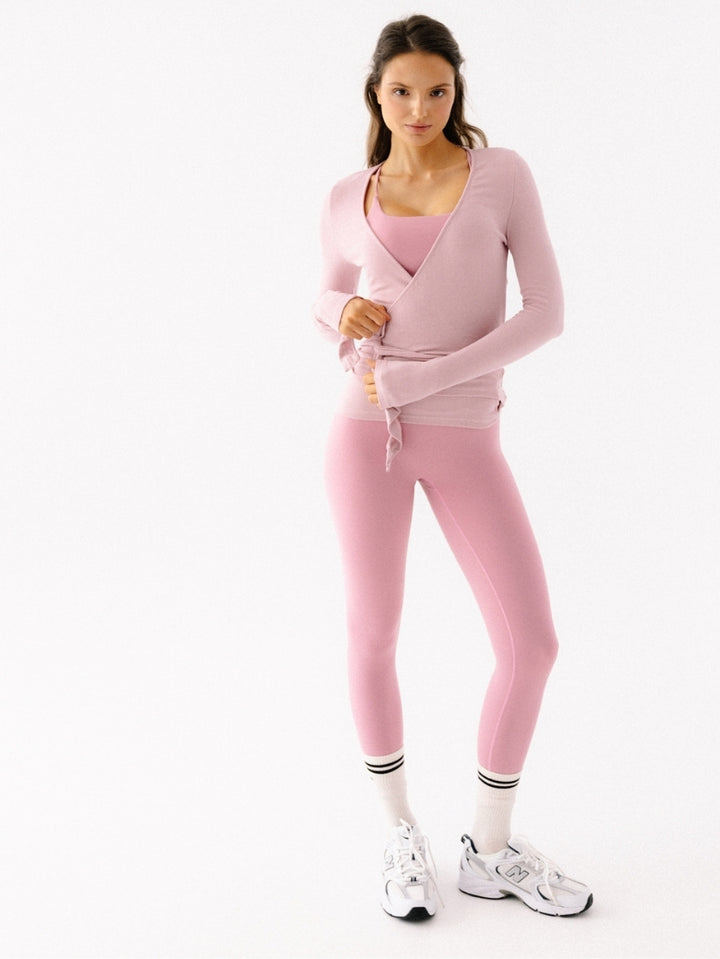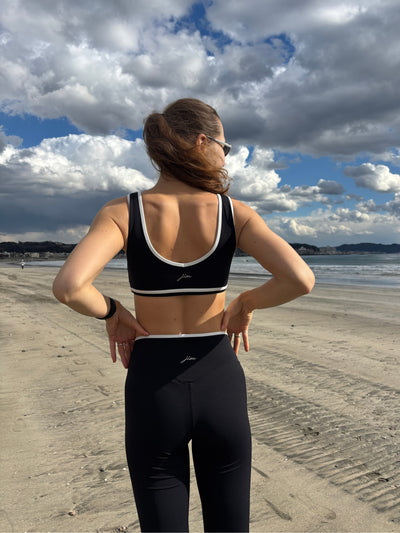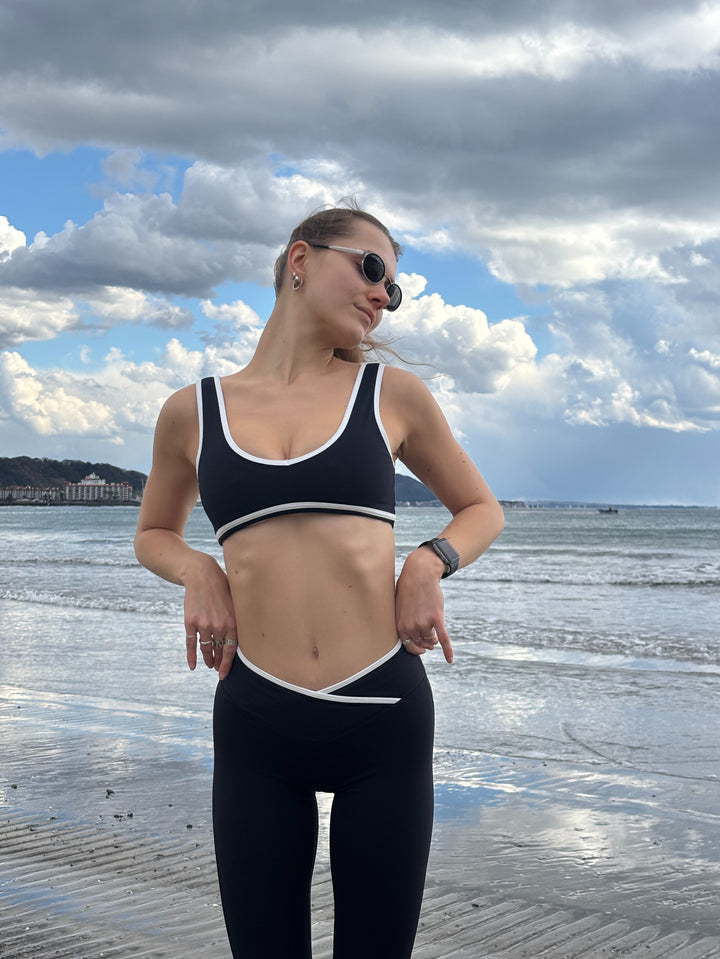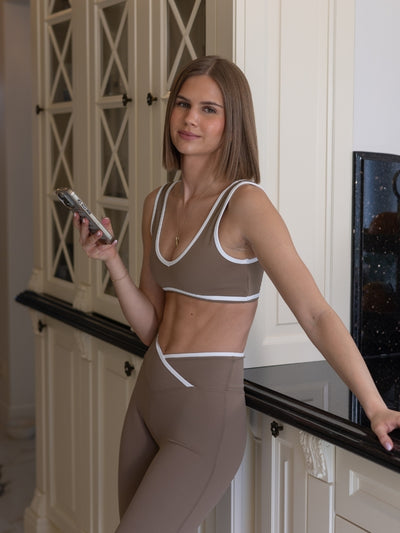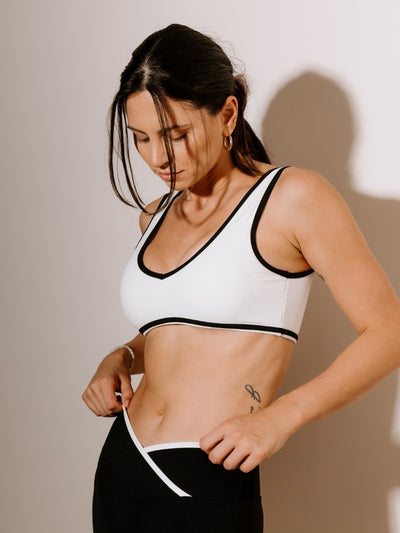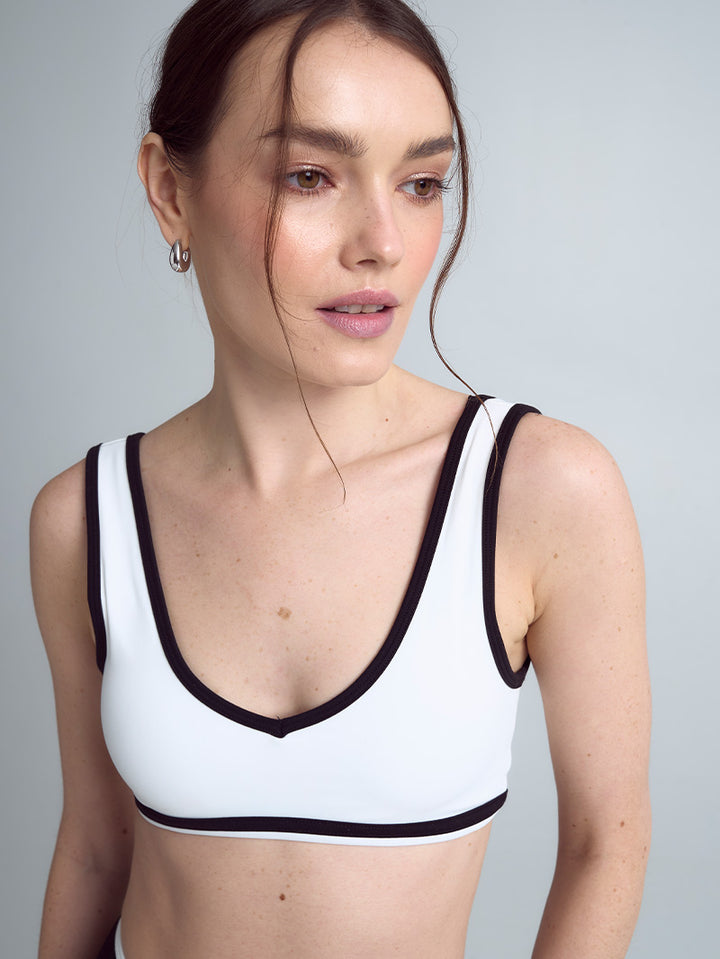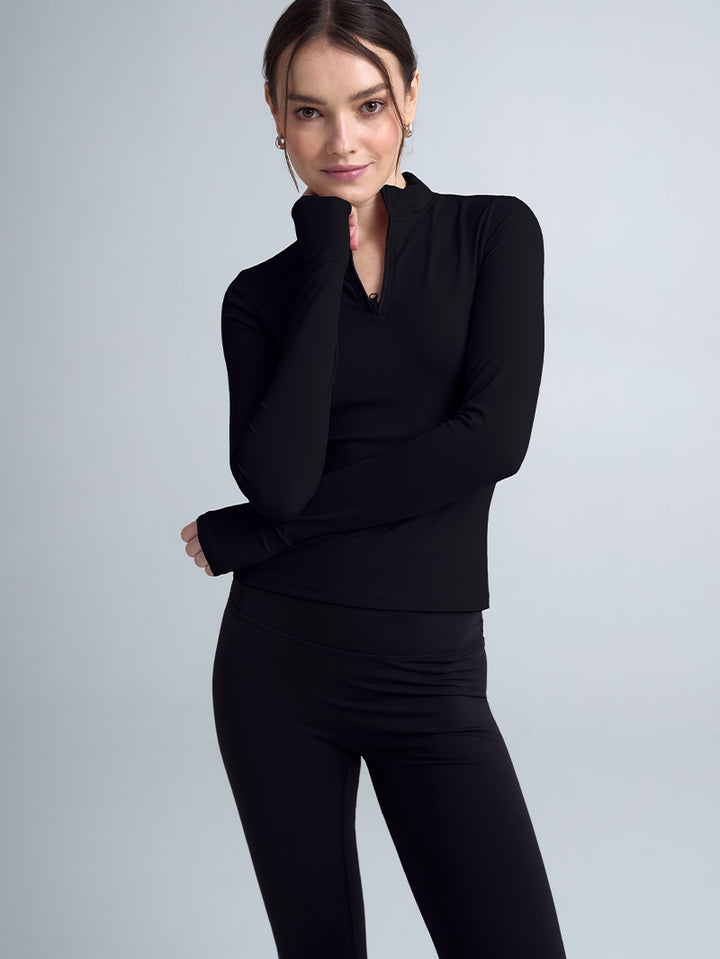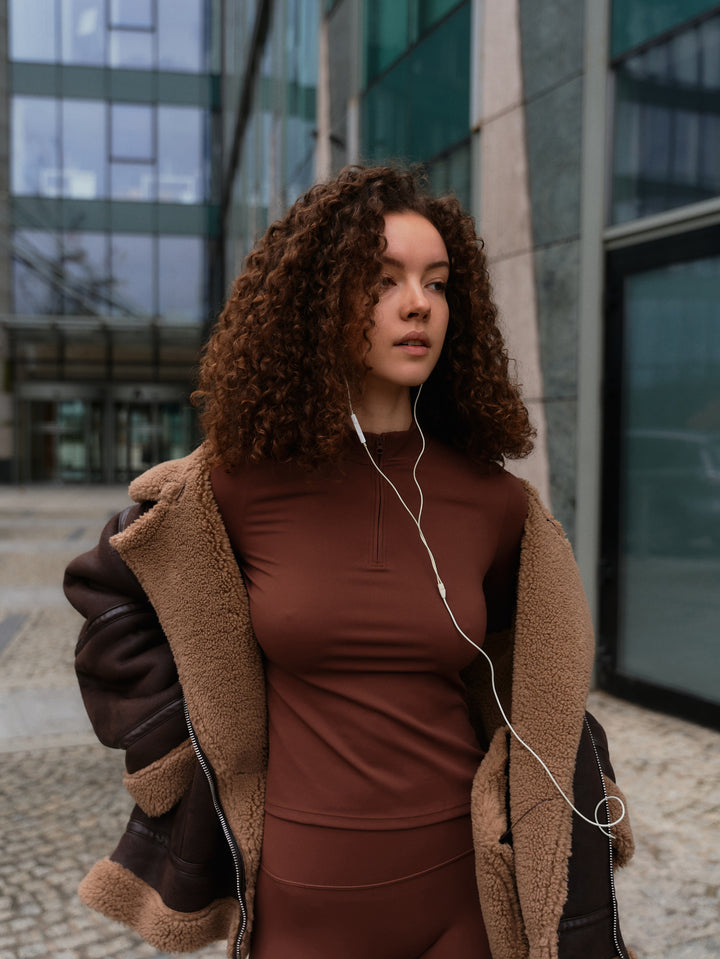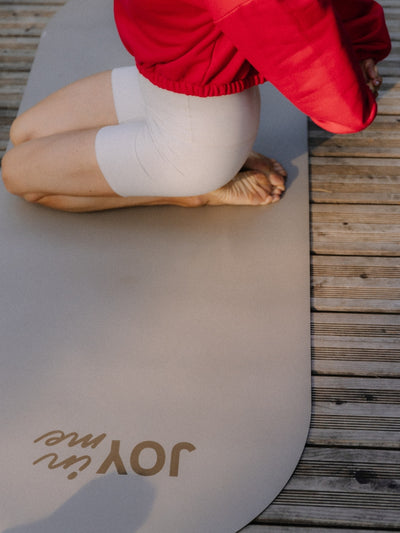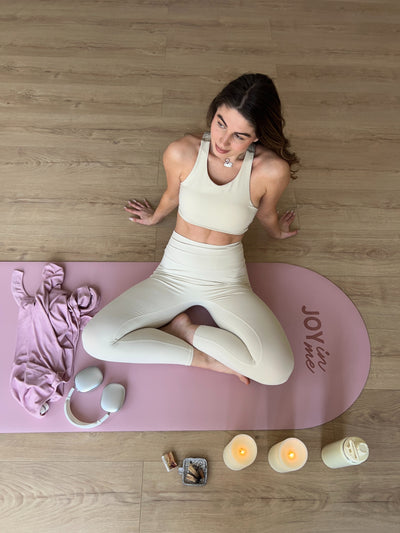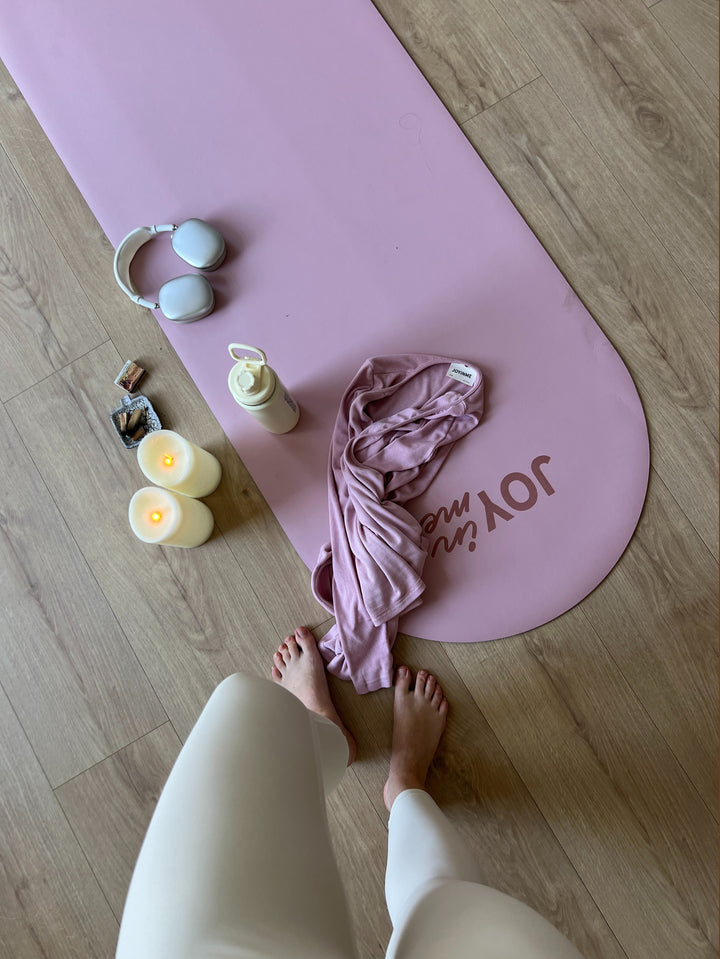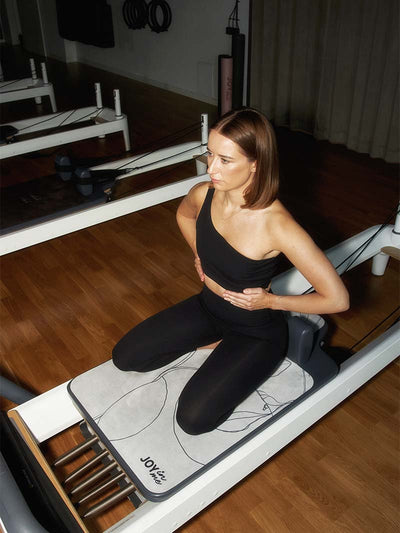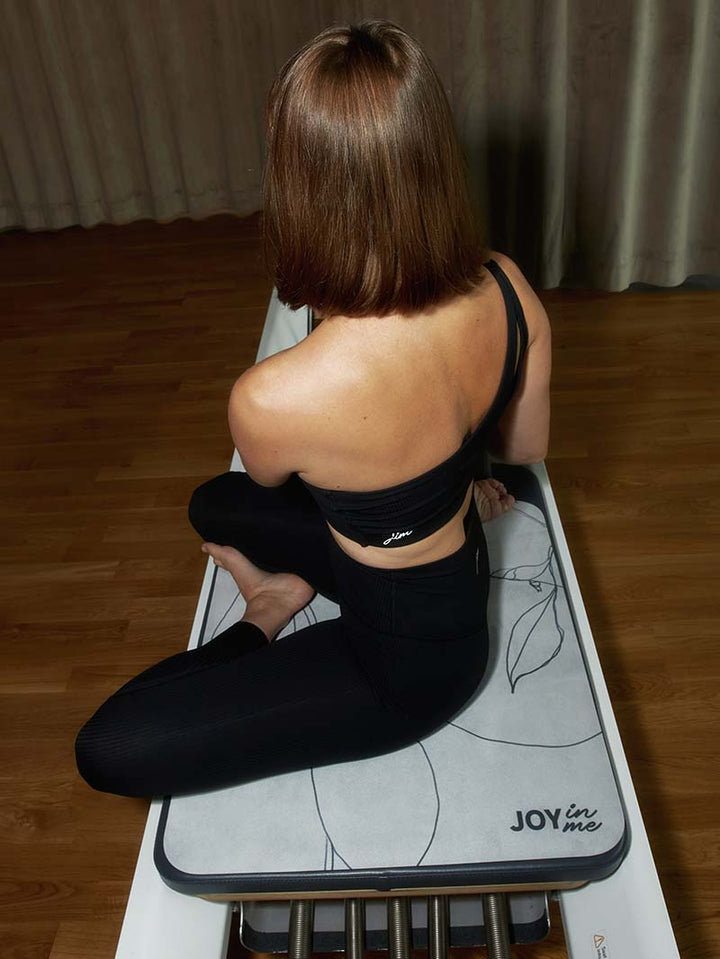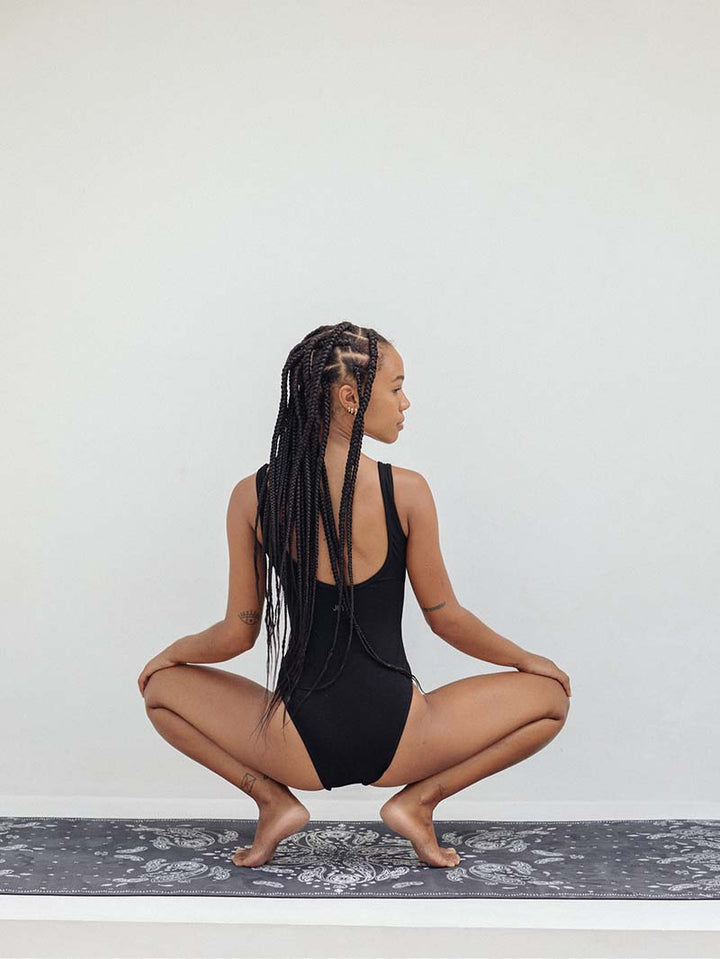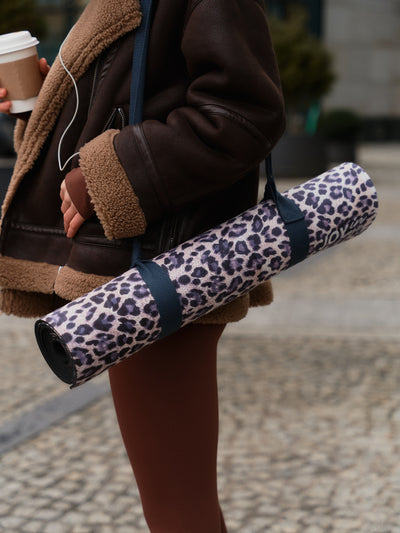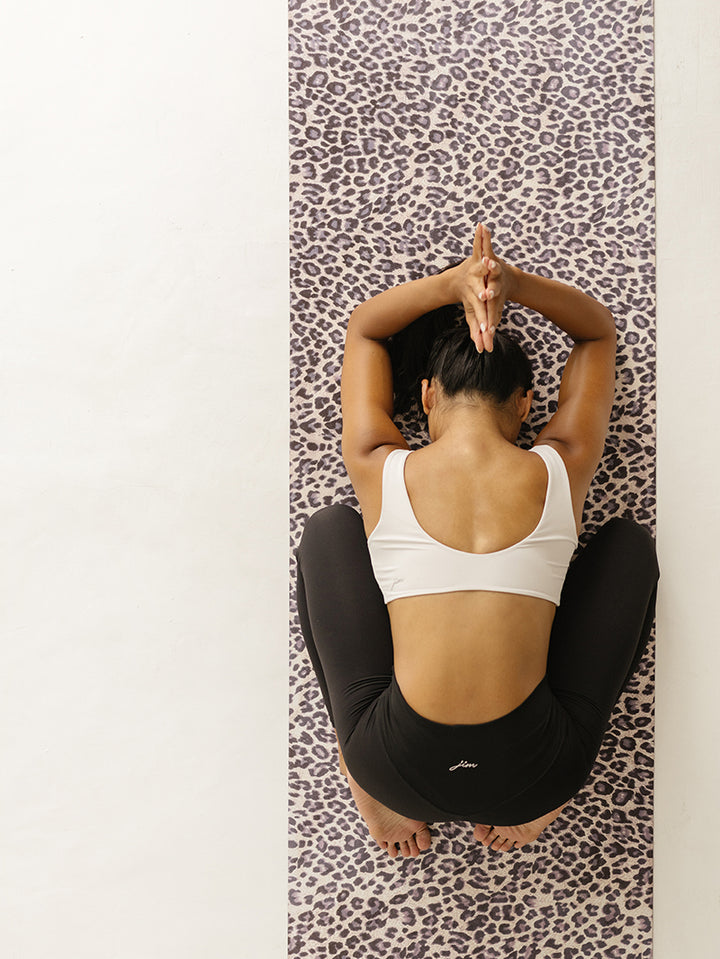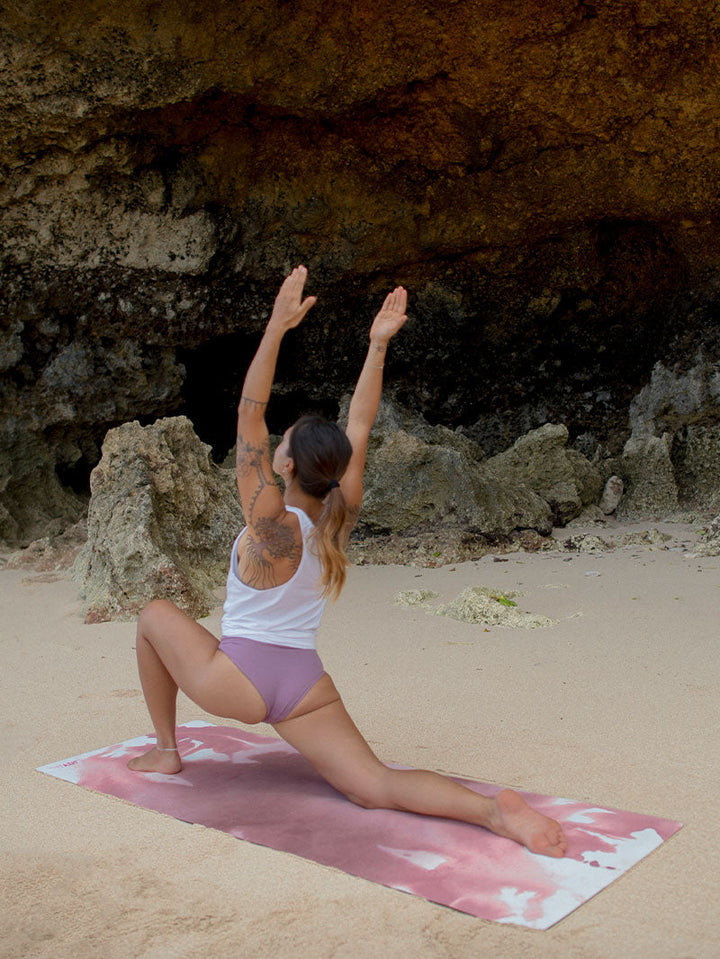How to Start Pilates at Home? Exercises for Beginners
What is Pilates and what are its benefits?
Pilates is an exercise system developed in the 20th century by Joseph Pilates , who combined elements of ballet, gymnastics, yoga, and tai chi to create a workout that strengthens all the deep muscle groups. It is characterized by low-impact, yet precise physical activity involving stretching.
What are the benefits of Pilates? Exercises can help with things like:
- muscle strengthening,
- improving posture,
- increased flexibility,
- stretching the spine and eliminating problems related to back pain,
- stress reduction.
Want more reasons to fall in love with Pilates? Check out our article: 7 Reasons to Practice Pilates !
First steps in Pilates: how to practice Pilates properly at home?
Before you begin practicing Pilates at home, it's important to prepare properly. Here are some practical tips:
- stay focused during the exercise – Pilates requires full concentration and precise synchronization of breathing with movement;
- Get comfortable, well- fitting Pilates clothes and a solid mat ;
- don't worry about the lack of additional equipment or accessories - many people start their adventure with Pilates against a wall at home, which is a great addition to traditional exercises;
- when using online guides and tutorials, choose primarily expert materials adapted to your level, following the instructions carefully;
- Remember that a good warm-up is the basis of a successful workout.
The most important principles and techniques for beginners in Pilates
For effective and proper training, the manner in which individual exercises are performed is crucial. In this regard, Pilates requires special attention, precision, and awareness. Begin with your breathing – it sets the rhythm for the entire workout. Muscles are contracted on the exhale and relaxed on the inhale.
The next step is to master neutral positions (lying and sitting), in which the spine maintains its natural curves and the body is not overloaded. Proper exercise performance also depends on skillful contraction of the core muscles, meaning simultaneous focus on the abdomen, pelvis, and back.
Top 5 Easy Pilates Exercises for Beginners
Looking for inspiration for Pilates at home? Beginner exercises are diverse, so below you'll find carefully selected and easiest suggestions:
- Hundred – place your body vertically, raise your legs, bending your knees at a right angle and bring your head closer to your sternum, then straighten and raise your arms, palms facing the ceiling.
- Push Up – stand straight, bend down and touch the mat with your hands, then gradually move into a plank and then return to the starting position.
- Rocking pose – lie on the mat and hug your legs together, then gently rock your body forward and back.
- Roll Up – rolling your spine, lie on your back, raise your arms while inhaling, and then as you exhale try to lift yourself up and touch your feet.
- Saw – lying down, stretch your legs out and place them at a 90-degree angle, grab one, pull it to your chest, and then do the same with the other.
How to stay motivated to exercise regularly at home?
To see and feel the benefits of exercise, Pilates requires regularity and consistency, just like other forms of physical activity. A standard workout typically lasts 40 to 60 minutes, but for beginners, even 20 minutes two or three times a week is sufficient.
Be careful not to overexert your body or push yourself too hard – this can quickly discourage you from continuing your Pilates practice at home. It's also worth ensuring you include a varied set of exercises to avoid fatigue.
Pilates training at home - advantages
Working out in the comfort of your own home has one great advantage worth taking advantage of: the ability to create a comfortable workout environment – set the mood lighting, choose your favorite music and equipment. Tailor the environment and exercises to your preferences and needs, so that Pilates is enjoyable, not an added chore.
Thanks to the training-friendly atmosphere, it is easier to find motivation and joy in regular practice, which, in addition to working on the body, also provides a moment of relaxation.
